Colours are an essential part of every image because without understanding colours we can not make our images look more interesting.
Hence, if you have proper knowledge of colour combination while capturing or editing your images then you can make something good out of it.
For every photographer, colour theory is important to make their images look alive.
Do you know how to manage all the colours and lights while shooting??
If your answer is NO then this article is just for you.
If you want to capture amazing portraits then this article also helps you to know something more interesting about it.
Now without talking more about it, let’s get started…
Beginners guide to colour theory in photography
When I started capturing images with my camera, at that time I didn’t know anything about colour theory.
And personally, it was boring to learn all that stuff, because I didn’t know its importance at the time.
But now I know something about colour theory in photography, and I think every passionate photographer needs to know and learn about it.
In this article, I’m just sharing some important parts of colour theory which you need to remember and use while you’re shooting.
I’m not sharing every part in depth ( because it’s boring for you too).
So here are some cool things you need to know about colours…
Basics of colours…
Here are some basic things you need to know before we start…
Hue
This is the first thing about colour theory in photography which you need to know.
Do you know anything about RGB colours?
There are prime colors and the RGB model is mostly used in photography.
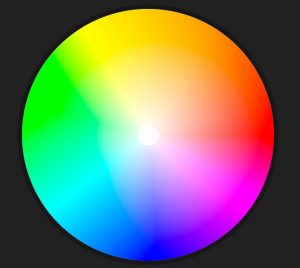
The simple meaning of RGB is Red, Green, and Blue.
They are the primary colours & the above image is just a combination of these prime colours which is called hue.
It’s the natural colour, which we get when we just capture an image.
Using these three colors you can create any of the colors like pink, yellow, cyan, etc…
Brightness/Lightness
I hope you know the basic meaning of Brightness.
In photography, we use brightness to see the balance of hue, whether it’s bright or dark.
If it’s dark that means our image is underexposed, and if it’s bright then our image is overexposed.
Example of underexposed and overexposed images…
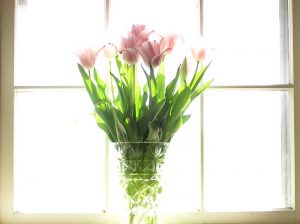
Example of an overexposed image
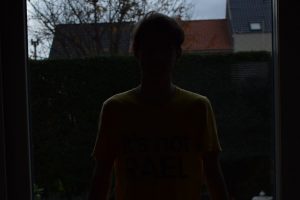
or Example of an underexposed image, credit Flickr
If you want to learn how to manage these scenarios then please read the article on ISO and Shutter-speed.
Saturation
Saturation is a kind of percentage, which starts from 0 to 100.
Let me show you one simple example of a saturation colour from 0 to 100.

As you can see the origin colours started from a high saturation point means 100 and in the end, they reach to low saturation point.
Now let’s talk about some best ways to explain or add colours to our photographs…
There are three ways you can capture better images by playing with colours…
They are also called colour schemes.
- Complimentary colour
- Analogous color
- Monochromatic color
So I’m not able to share more things, sorry about that, but in the end, you’ll find some good resources to learn all this crazy stuff.
Complimentary colour
Complimentary colours are the combination of two colours or we can say a pair of colors in one single picture.
But the main thing about complementary colours is that one colour must be the opposite of another one.
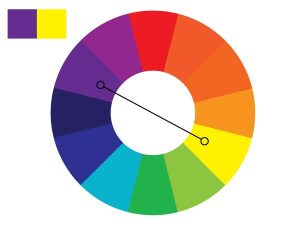
Here in this image we first selected yellow and in the opposite, we got purple.
That’s how the logic of complementary colour works, I don’t know why but somehow it works to capture better images.
Some of the most used pairs are red and green, blue and orange & yellow and purple.
Find some real examples of complementary colours.
Analogous colours
Analogous colours are the combination of next to each other colours.
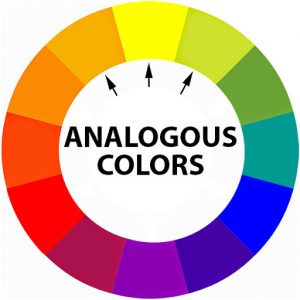
You can pick any one colour and select the next two colours.
You’ll find your perfect colour pallet for the shoot.
The best color combination of Analogous colors is red-orange-yellow, green-blue-purple, etc…
Here is an example of Analogous colour in photography…
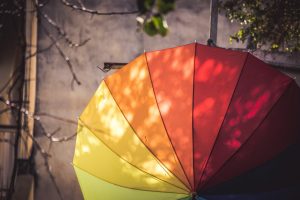
Monochromatic color
This colour scheme uses only one colour, or you can say one hue with different shades.
As an example, we selected the colour red, and here is its monochromatic colour pallet.
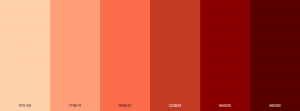
You can capture a single image which has a colour combination of dark red, red or light red, as mentioned in this image.
This one is my favorite image which is the best example of monochromatic color…

As you can see this image contains different shades with one single color.
Captured using Canon 1300D, check out more examples on my Instagram feed…
That’s all from my side, hope you guys like this article, and learn something new about colour theory in photography.
May you like
- 10 Sharp & Easy Editing Tips To Make Any Photo Look Professional
- 8 Popular Photography Myths To Avoid For Better Photographer
- Learn the Rule Of Thirds In Photography Under 5 Minutes
Have a good day, and thank you 🙂
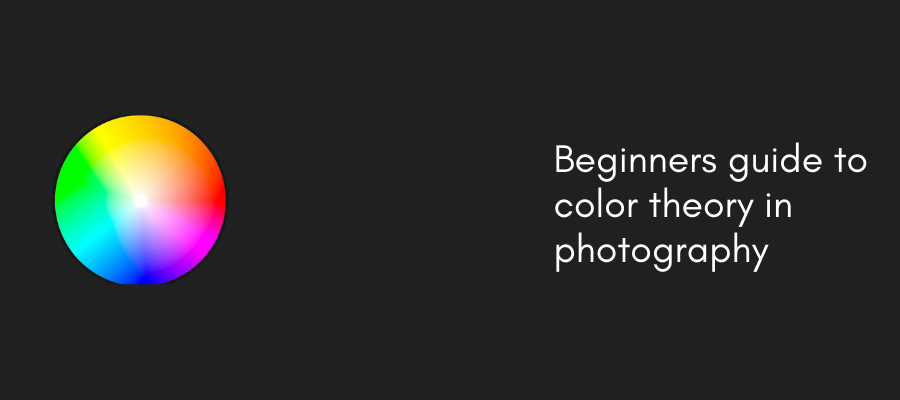
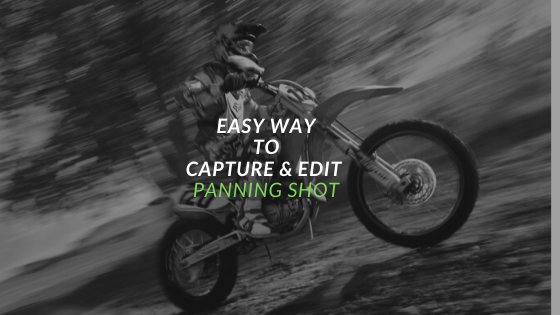
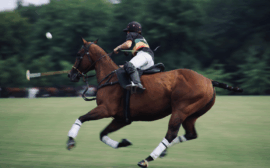

 FREE Guide Revealed!
FREE Guide Revealed! Don't Miss Out The Opportunity To Earn as Photographer in this year :)
Don't Miss Out The Opportunity To Earn as Photographer in this year :)
1 Comment